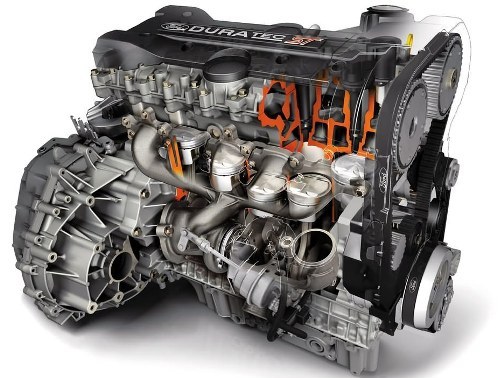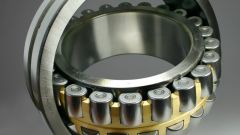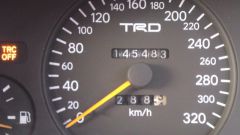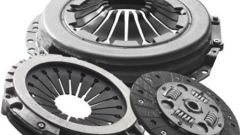You will need
- The car ignition key.
Instruction
1
Start the motor and immediately stop it by returning the ignition key to the "off" position. Immediately turn the ignition key to the start position, but the engine does not start. Follow the bulb of pressure of oil. The more advanced the wear of the unit, the faster it will turn. In such a situation, the lamp should start to glow after 5 seconds. If the time elapsed is less, the engine needed a thorough inspection.
2
Explore the state of the working fluids of the engine. Start the vehicle with a cold engine immediately remove the surge tank cap. If the coolant pop the air bubbles, the head gasket of the engine block leaking, it needs to be changed.
3
Open the oil filler cap on the cold, recently the engine running. If the oil there is gas, this may indicate the limit of wear of the piston rings. Confirm this problem on warmed-up engine. Ask someone much press on the accelerator. At this point put your hand on the exhaust pipe. If the palm will remain oil stains, piston rings seals, worn.
4
If engine oil consumption exceeds 1 litre per 1000 km, you know that part of the cylinders and pistons of the engine are worn out. Please note, if the exhaust gases of PPE and reduced compression, it speaks to the same issue. However, loss of compression and high oil consumption can indicate that caps oil control valves has ceased to be elastic, and that in the piston rings appeared coke deposits, and that burned valves.
5
Listen to the engine. If you hear knock, turn to the experts. Specify the origin of the knocking in the engine in the garage, where motor will listen with a stethoscope and pressure gauge check the pressure in the lubrication system. These factors sometimes mean that excessively worn parts crankshaft.
6
If you found in your car some of the above problems, quickly contact the service center for the Troubleshooting. There's a compression gauge to measure the engine compression. Using pneumatischer determine the cause of its decline. Using the special tool, inspect the surface of the cylinder. Measure the wear of the crankshaft journals and cylinder with the use of the micrometer or measuring clamps, a dial indicator and bore gauge.




